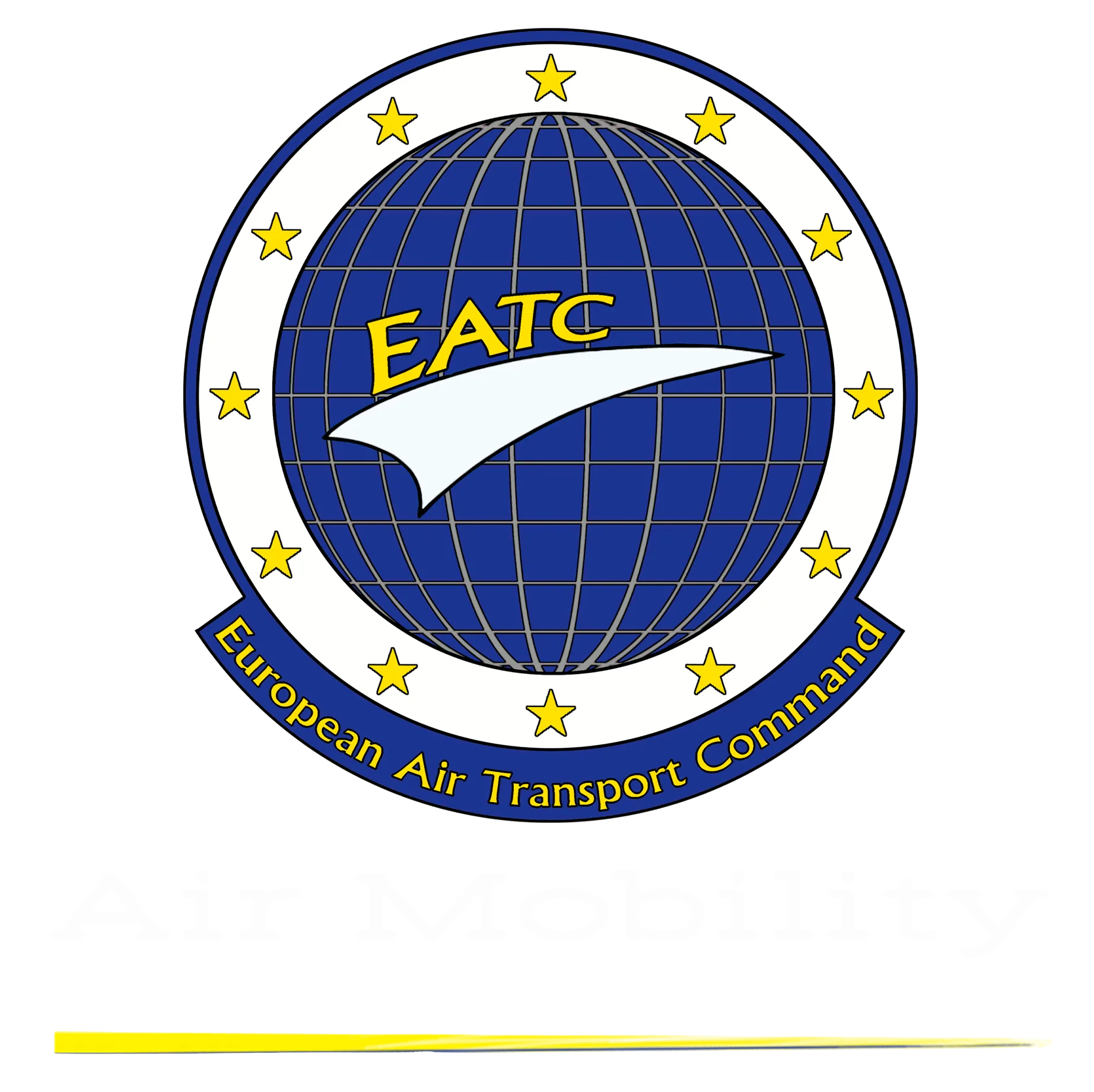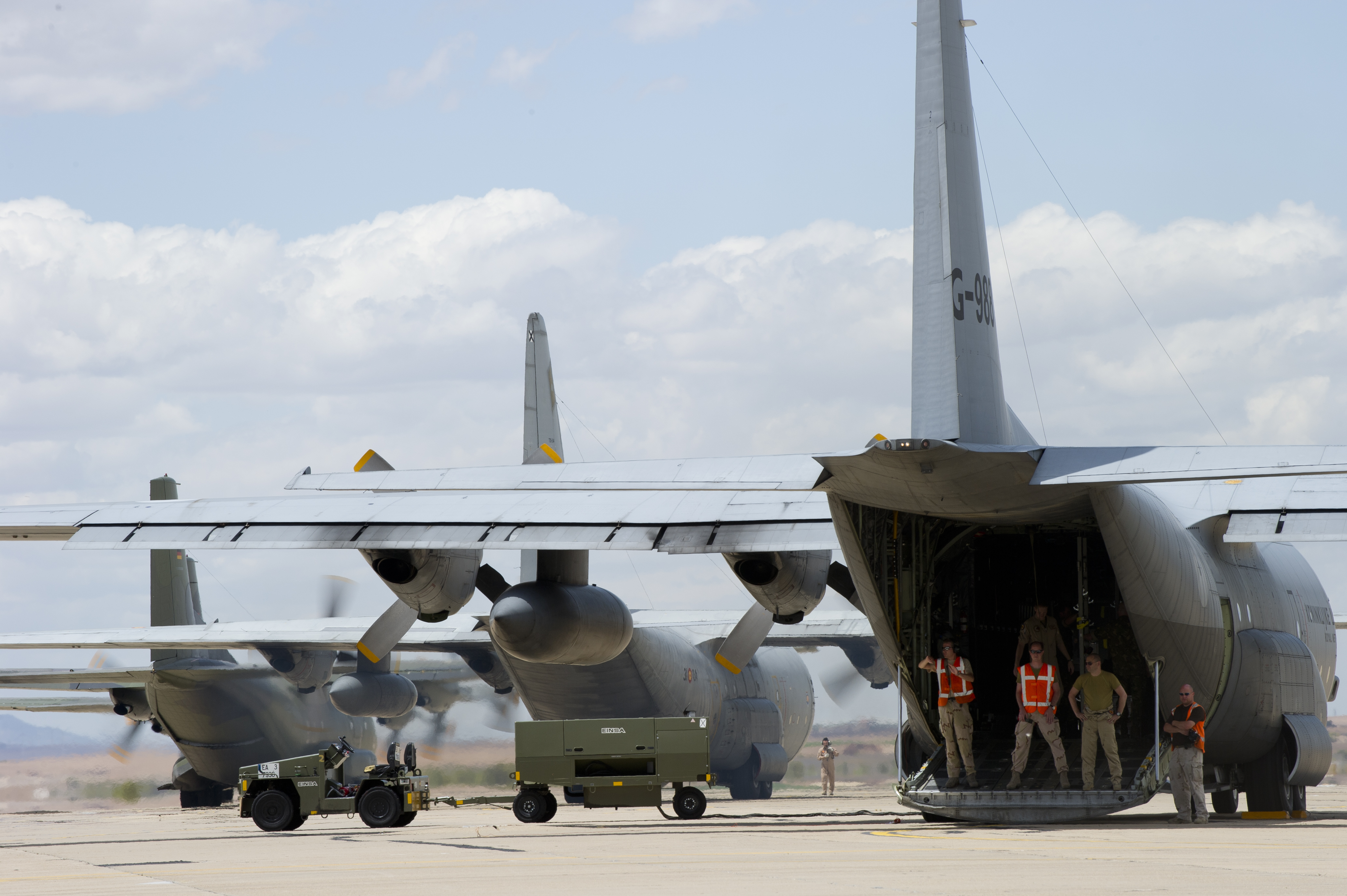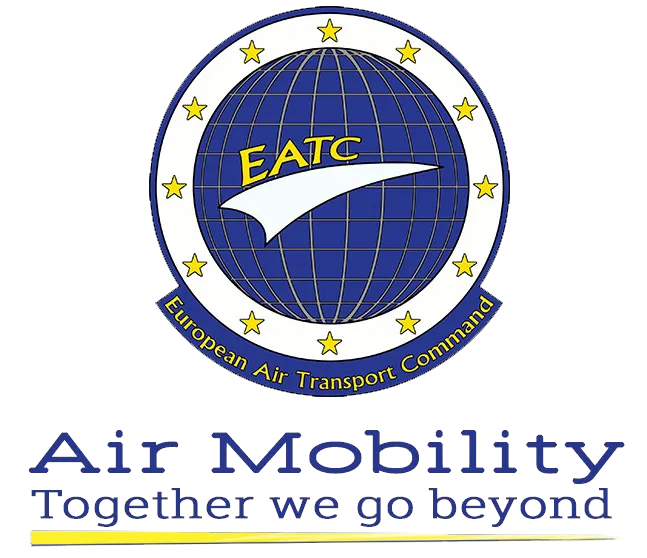… in 2012, the reins of EATC were given to the first French EATC Commander, replacing its German counterpart, who consolidated the outset of the command with the four founding nations, Belgium, France, Germany and the host nation, the Netherlands.
It was also the time to embrace a new member, and to welcome Luxembourg at EATC. This was an exceptional adherence as Luxembourg, back in 2012, did not own air mobility assets. Since then, Luxembourg has ramped up its contribution with military assets such as the A400M or A330MRTT, as well as offering civilian contracted capabilities, including medical evacuation. Moreover, the same year, Spain officially requested to join EATC and the bilateral accession negotiations started. Two years later, in 2014, Spain joined EATC as the sixth member nation.
In addition, we are celebrating the 10th anniversary of the “Multinational Aircraft Recovery Training”, today known as “Disabled Aircraft Recovery Training” (DART). The first edition in 2012 took place in Orléans (France) and was a full success with more than 50 participants from six nations – Belgium, France, Germany, the Netherlands, Spain and the United Kingdom. The 2022 edition is planned to take place this September 2022 in Villafranca di Verona (Italy).
2012 established another successful training. EDA, with the support of EATC, launched the European Air Transport Training (EATT), a multinational airlift training for European nations. The first edition took place in Zaragoza (Spain). Six nations - Belgium, France, Germany, the Netherlands, Spain and Czech Republic - participated with seven aircraft. Austria, Bulgaria, Italy and Sweden joined as observers. In 2012, EDA and EATC also introduced the yearly symposium EATS to discuss common European procedures and exchange experience. Since 2017, EATT and EATS are led by the European Tactical Airlift Centre with the support of EATC. The 2022 edition of EATT, today known as ETAP-T, took place in Beja (Portugal).
Furthermore, 2012 marked the launch of EATC’s basis for successful missions: the “Flight Duty Regulations”, the EATC reference for flights and duty time limitiations (FDR). This document was a milestone in many ways: it was the first harmonised document between the four EATC founding nations and a major step to agree on how to handle commonly flight planning and control. But it was also the first overarching flight duty regulation. No other organisation - neither civilian nor military - had done this before.
The four founding nations had put air transport asset under EATC’s operational authority and in 2012, EATC’s portfolio comprised a range of tactical and strategic assets: the French and German C-160 Transall and A310 (MRTT), the Belgian, Dutch and French C-130H, the Belgian A330 and French A340, the French CN235 plus the Dutch (K)DC-10, F-50 and G4. In 2012, the Netherlands decommissioned the F-50. Moreover, Germany and France started to decommission their C-160 Transall assets. The process ended in respectively 2021 and 2022 when both nations bid farewell to this legacy military tactical air transport aircraft. The Transall was replaced by the new workhorses : the A400M and C-130J.
During 2012, EATC planned and tasked 7.500 missions, totaling 47.500 flying hours. Moreover, the experts managed more than 1.150 aeromedical evacuations missions.


